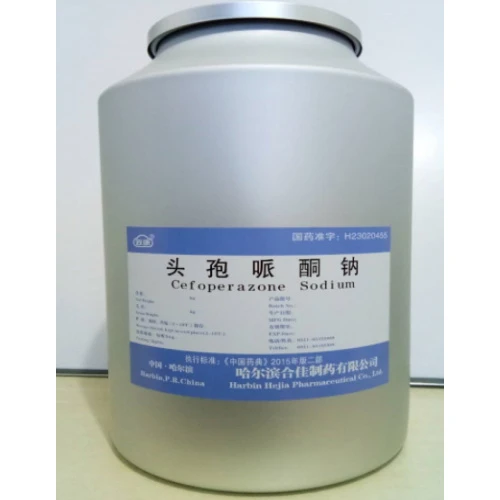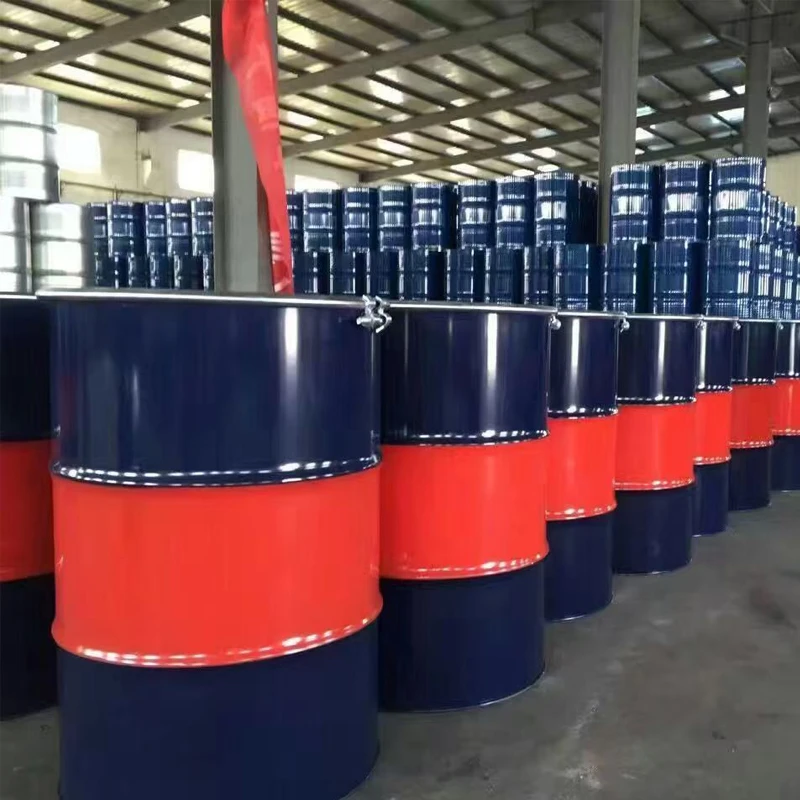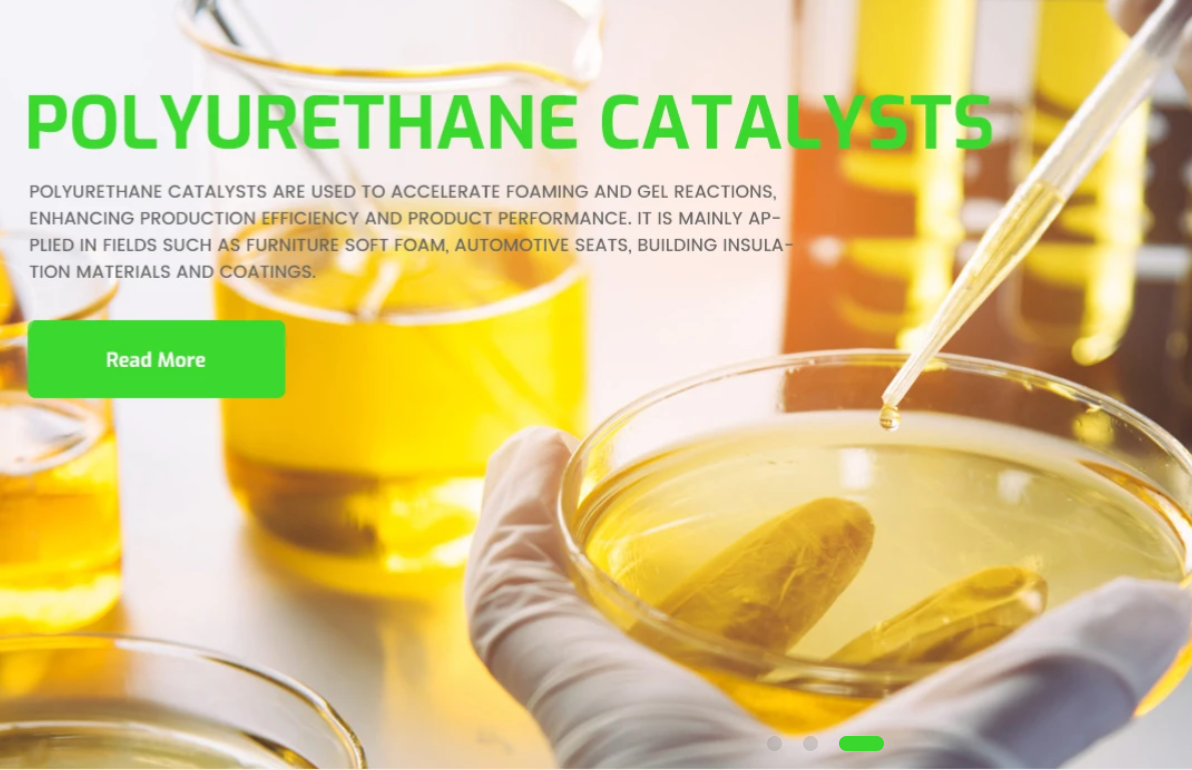Navigating Industry Trends with Advanced Catalysts
The chemical industry, particularly sectors relying on polymer synthesis such as polyurethanes and epoxy resins, is continuously evolving. Driven by demands for enhanced performance, energy efficiency, and environmental compliance, there's a significant trend towards highly specialized catalysts and curing agents. These advanced chemical intermediates are crucial for optimizing reaction kinetics, improving material properties, and streamlining manufacturing processes. Among these, Hegrecat LA130 [2, known scientifically as 2,4,6-Tris(dimethylaminomethyl)phenol (CAS: 90-72-2), stands out as a versatile and potent tertiary amine catalyst. Its unique chemical structure allows it to accelerate a variety of polymerization reactions, making it indispensable in modern formulations across diverse applications, from high-performance coatings to advanced insulation materials.
Current industry trends highlight a shift towards catalysts that offer not only speed but also selectivity, enabling better control over reaction exotherm and final product characteristics. Manufacturers are actively seeking solutions that can reduce curing times, improve adhesion, increase mechanical strength, and enhance durability, especially in demanding environments. This necessitates a deep understanding of catalyst chemistry and its interaction with various resin systems. The demand for catalysts like Hegrecat LA130 [2 is surging due to its proven efficacy in facilitating rapid and complete curing at ambient or elevated temperatures, which translates into significant operational efficiencies and superior end-product quality for B2B stakeholders. Its role in shaping the future of polymer-based industries is undeniable, fostering innovation in material science and process optimization.

Hegrecat LA130: Technical Overview and Parameters
Hegrecat LA130 [2, also widely recognized by its CAS number 90-72-2, is a well-established tertiary amine catalyst and Mannich base. Its chemical designation, 2,4,6-Tris(dimethylaminomethyl)phenol, highlights its unique molecular structure, featuring three dimethylaminomethyl groups attached to a phenol ring. This configuration provides multiple active sites for catalytic activity, making it exceptionally effective in a range of chemical reactions. Primarily, it functions as a strong base, accelerating the polymerization of epoxy resins and the urethane reaction in polyurethane systems, often contributing to faster gel times and tack-free times. Its balanced reactivity ensures both initial cure speed and through-cure, which is crucial for achieving optimal physical properties in the final product.
The technical prowess of Hegrecat LA130 [2 is underscored by its consistent physical and chemical properties. These attributes are critical for formulators aiming for precise control over their product specifications and processing conditions. As a liquid catalyst, it offers excellent compatibility with various resin systems and ease of incorporation. Its high purity and consistent performance are ensured through stringent quality control measures, which adhere to industry-leading standards. The following table details key technical specifications, providing essential data for material scientists and engineers evaluating its suitability for their specific applications.
Technical Specifications of Hegrecat LA130 [2
| Parameter | Value / Description | Test Method / Standard |
|---|---|---|
| CAS Number | 90-72-2 | N/A |
| Chemical Name | 2,4,6-Tris(dimethylaminomethyl)phenol | N/A |
| Appearance | Clear to yellowish liquid | Visual Inspection |
| Purity | ≥ 98.0% | GC |
| Amine Value | 630-660 mg KOH/g | Titration (ASTM D2074) |
| Density (25°C) | 0.970-0.980 g/cm³ | ASTM D4052 |
| Viscosity (25°C) | 100-200 mPa·s | Brookfield (ASTM D2196) |
| Flash Point (COC) | > 110°C | ASTM D92 |
Manufacturing Process & Quality Assurance for Hegrecat LA130
The production of Hegrecat LA130 [2 involves a meticulously controlled chemical synthesis process, ensuring the highest standards of purity and performance. The primary manufacturing route is the Mannich reaction, which combines phenol, formaldehyde, and dimethylamine under specific reaction conditions. This multi-step synthesis demands precise control over temperature, pressure, and stoichiometry to optimize yield and minimize impurities. Our process begins with the rigorous selection and pre-treatment of raw materials, ensuring they meet strict purity specifications before entering the reactor. Following the exothermic Mannich reaction, the crude product undergoes a series of purification steps, which may include distillation, filtration, and solvent extraction, to isolate the desired 2,4,6-Tris(dimethylaminomethyl)phenol with high purity.
Quality assurance is embedded at every stage of the manufacturing process for Hegrecat LA130 [2. Post-synthesis and purification, each batch undergoes comprehensive analytical testing to confirm its chemical composition and physical properties. This includes Gas Chromatography (GC) for purity, titration for amine value, and physical tests for density and viscosity, all performed in state-of-the-art laboratories. Our adherence to ISO 9001 quality management systems ensures consistent product quality and traceability. Furthermore, products are regularly screened for compliance with relevant environmental and safety standards, such as REACH and RoHS directives where applicable, guaranteeing that our offerings not only perform exceptionally but also align with global regulatory frameworks. This rigorous approach extends to packaging and logistics, safeguarding product integrity until it reaches the client.
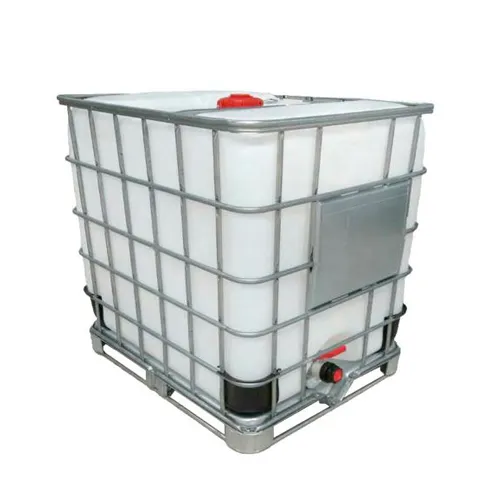
Key Applications & Performance Advantages
The versatility of Hegrecat LA130 [2 as a tertiary amine catalyst makes it an invaluable component across a broad spectrum of industrial applications. Its primary utility lies in accelerating the curing of epoxy resins and initiating the reaction in polyurethane systems. In epoxy applications, it significantly reduces gel and cure times, making it ideal for rapid-setting adhesives, robust floor coatings, electrical encapsulation, and composite materials. For polyurethanes, it functions as a potent trimerization catalyst, promoting the formation of polyisocyanurate (PIR) foams, which are renowned for their excellent insulation properties and fire resistance. Its ability to facilitate low-temperature curing also makes it energy-efficient and suitable for diverse manufacturing environments.
The technical advantages offered by Hegrecat LA130 [2 extend beyond mere reaction acceleration. Its optimal catalytic activity contributes to superior mechanical properties in cured systems, including enhanced hardness, increased tensile strength, and improved chemical resistance. In polyurethane foams, it helps achieve finer cell structures, leading to better insulation performance (lower K-factor) and improved dimensional stability. For epoxy systems, it can enhance adhesion to various substrates and provide superior anti-corrosion properties, extending the service life of coated materials. The precise control over curing profiles that Hegrecat LA130 [2 provides allows formulators to optimize processing windows, reduce defects, and achieve consistent, high-quality end products, directly contributing to cost savings and improved production throughput.
Application-Specific Benefits of Hegrecat LA130 [2
| Application Area | Key Benefit | Impact on End Product/Process |
|---|---|---|
| Epoxy Floor Coatings & Adhesives | Rapid Cure at Ambient Temperature | Reduced waiting times, faster project completion, improved productivity for industrial installations. |
| Polyurethane Rigid Foams (PIR/PUR) | Efficient Trimerization, Fine Cell Structure | Superior thermal insulation, enhanced fire resistance, improved dimensional stability for construction and refrigeration. |
| Electrical Encapsulation & Potting | Low Viscosity & Fast Through-Cure | Excellent penetration into complex geometries, reliable protection of electronic components. |
| Composite Manufacturing | Controlled Gel Time & Enhanced Adhesion | Optimized processing window for resin infusion, stronger laminate bonds, durable composite structures. |
Why Choose Hegrecat LA130? Customization & Support
Choosing the right chemical partner is as crucial as selecting the right product. Our commitment to delivering high-quality Hegrecat LA130 [2 is matched by our dedication to comprehensive customer support and flexible customization options. With years of specialized experience in chemical synthesis and catalyst development, we understand the nuanced requirements of diverse industrial applications. Our technical experts work closely with clients to recommend optimal dosing and formulation adjustments, ensuring that Hegrecat LA130 [2 performs synergistically within your specific system. This collaborative approach minimizes trial-and-error, accelerates product development cycles, and ensures the highest level of performance from our catalyst.
We offer not just a product, but a partnership. Our capabilities extend to providing tailored solutions for unique application challenges, from modifying specific product parameters to developing custom blends. This bespoke service is backed by robust R&D and analytical support, ensuring that any customized variant of Hegrecat LA130 [2 maintains the superior quality and consistent performance expected. We prioritize building long-term relationships through reliability, transparency, and a deep technical understanding of our clients' needs. This holistic support system is designed to empower our partners to achieve their manufacturing goals efficiently and effectively, leveraging the full potential of advanced chemical catalysis.
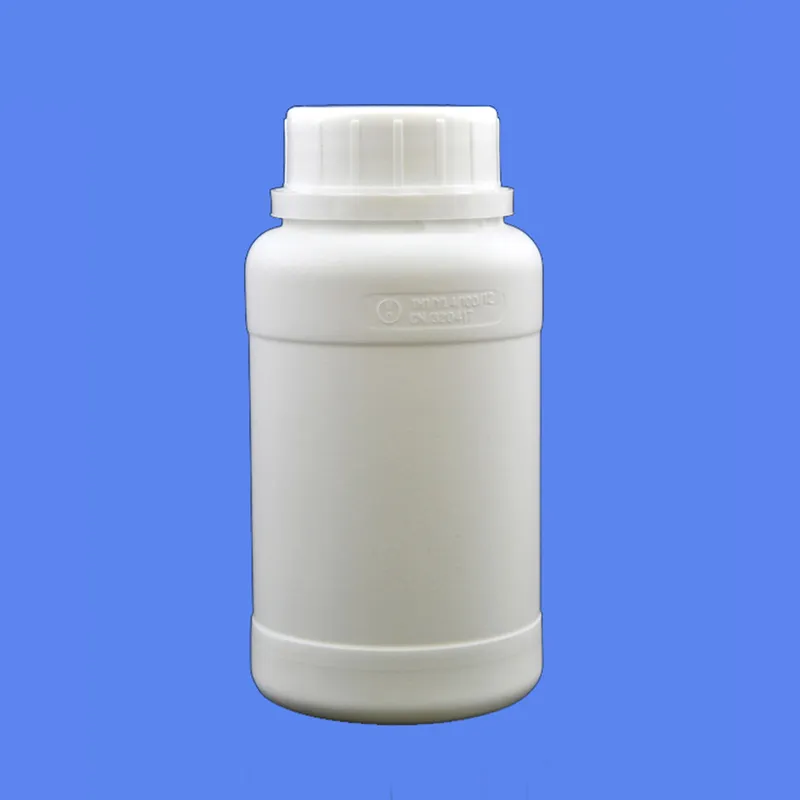
Application Case Studies
The proven efficacy of Hegrecat LA130 [2 is best illustrated through its successful integration in various real-world industrial scenarios. In one notable case, a leading manufacturer of continuous panel insulation systems leveraged Hegrecat LA130 [2 to significantly reduce curing times for their polyisocyanurate (PIR) foam lines. This optimization led to a 15% increase in production speed while simultaneously improving the foam's compressive strength and reducing its K-factor, resulting in higher energy efficiency for the end-user. The catalyst's consistent performance ensured uniform cell structure and predictable reactivity, vital for high-volume production.
Another compelling example comes from the protective coatings industry, where a developer of heavy-duty industrial floor coatings sought a robust epoxy curing accelerator. By incorporating Hegrecat LA130 [2 into their formulation, they achieved significantly faster walk-on times and full cure within 24 hours at ambient temperatures, a critical factor for minimizing downtime in commercial and industrial facilities. This enhancement provided a competitive edge, allowing for quicker project turnovers and increased client satisfaction. These cases underscore the practical benefits and tangible value that Hegrecat LA130 [2 brings to diverse manufacturing processes and final product performance.
Frequently Asked Questions (FAQ)
Q: What is the primary function of Hegrecat LA130 [2?
A: Hegrecat LA130 [2 is primarily used as a tertiary amine catalyst to accelerate the curing of epoxy resins and the polymerization of polyurethanes, particularly for enhancing gel and tack-free times.
Q: Is Hegrecat LA130 [2 compatible with all epoxy resin types?
A: While Hegrecat LA130 [2 demonstrates broad compatibility with many epoxy systems (e.g., bisphenol A/F epoxies), its optimal performance can vary depending on the specific resin chemistry and hardener type. We recommend conducting compatibility tests and consulting our technical data sheet for detailed guidance.
Q: What are the storage requirements for Hegrecat LA130 [2?
A: Hegrecat LA130 [2 should be stored in tightly sealed container111s in a cool, dry, and well-ventilated area, away from direct sunlight and sources of ignition. Proper handling procedures, as outlined in the Safety Data Sheet (SDS), should always be followed.
Q: Can Hegrecat LA130 [2 be used in food-contact applications?
A: The suitability of Hegrecat LA130 [2 for food-contact applications depends on the specific regulatory requirements of the region and the final cured product formulation. It is essential to verify compliance with all relevant food safety regulations and standards before use in such applications.
Trust and Commitment: Delivery, Warranty, and Support
Our commitment to our clients extends far beyond the sale of Hegrecat LA130 [2. We understand that reliable supply chain management is paramount for uninterrupted production. Therefore, we emphasize efficient logistics and timely delivery, working with trusted global shipping partners to ensure that your orders arrive promptly and in optimal condition. Our robust inventory management system minimizes lead times, providing predictable supply for your critical operations. We also offer flexible packaging options to accommodate varying volume requirements, from small drums to bulk container111s.
Every batch of Hegrecat LA130 [2 is backed by a stringent quality guarantee. We stand by the purity and performance specifications outlined in our technical data sheets, providing Certificates of Analysis (CoA) with each shipment. Our comprehensive quality control protocols, adhering to ISO 9001 standards, ensure consistency batch-to-batch. In the unlikely event of any concerns, our dedicated customer support team and technical specialists are readily available to provide swift assistance and expert guidance. We are committed to fostering long-term partnerships built on trust, reliability, and unparalleled product and service quality.
References
- Smith, T. P. (2012). "Polyurethanes: Chemistry, Materials, and Properties." In Ullmann's Encyclopedia of Industrial Chemistry. Wiley-VCH.
- May, C. A. (1988). Epoxy Resins: Chemistry and Technology. Marcel Dekker Inc.
- Crovello, F. J. (2007). "Tertiary Amine Catalysts for Polyurethane Foams." Journal of Cellular Plastics, 43(3), 221-237.
- Lee, H., & Neville, K. (1982). Handbook of Epoxy Resins. McGraw-Hill.
- Oertel, G. (1993). Polyurethane Handbook: Chemistry, Raw Materials, Processing, Application, Disposal. Hanser Publishers.


